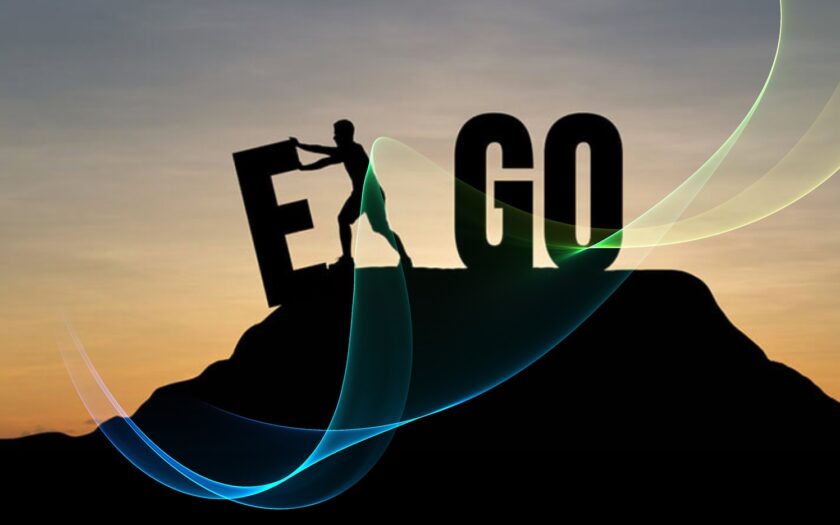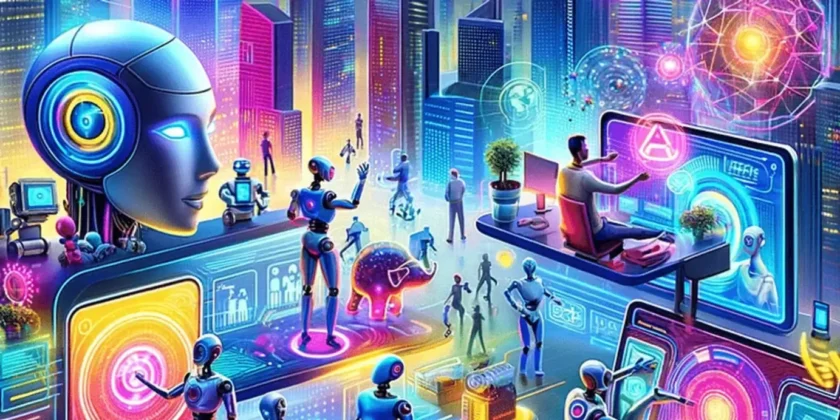By Manoj Singh
Lucknow: Introduction: The First Word That Changed Everything
Imagine a distant ancestor of humankind, standing on the African plains thousands of years ago, pointing toward the horizon and making a sound — not just a cry, but a symbol. That moment, small and invisible in prehistory, may have been one of the most revolutionary acts in evolution: the birth of language.
Language did not simply emerge as a tool for talking; it reshaped the human brain, culture, and society. It became the bridge between biology and consciousness, turning a species of primates into Homo sapiens — “the thinking human.”
1. Evolution Built the Tools for Speech
Language begins with biology. Our ancestors evolved physical and neural adaptations that made complex communication possible.
•The vocal tract shortened and descended, allowing for a wide range of sounds.
•The FOXP2 gene, often called the “language gene,” mutated around 200,000 years ago, giving humans advanced motor control over speech organs.
•The Broca’s and Wernicke’s areas in the brain developed — regions responsible for producing and understanding language.
These changes did not happen overnight. They evolved gradually as early humans needed to coordinate hunting, share knowledge, and express emotions. Over time, communication became more symbolic — paving the way for words, grammar, and storytelling.
2. Language as a Tool of Survival
Language was not just an ornament of the mind — it was a survival strategy.
It allowed humans to plan ahead, warn others of danger, and pass on knowledge across generations.
While other animals communicate — bees dance, whales sing, and chimpanzees gesture — only humans use syntax and abstraction, the ability to combine words into infinite meanings.
That creativity made cooperation possible. A single hunter could not bring down a mammoth, but a group guided by shared words and plans could.
In this sense, language was evolution’s most powerful invention — it made collective intelligence possible.
3. From Genes to Culture: The Co-Evolution of Mind and Word
Language didn’t just evolve from biology — it began to shape it in return.
This process, called gene–culture coevolution, means that as language and culture developed, they began to influence which genetic traits were favoured.
For instance, early humans who could communicate better were more likely to survive and reproduce. Over time, evolution selected for brains that were wired for speech and symbol.
Language became both a product and a driver of evolution — a feedback loop between biology and culture.
4. The Social Brain Hypothesis
According to the “social brain” theory, language evolved to manage the growing complexity of human relationships. As groups became larger, grooming — the main social bonding method in primates — was no longer efficient. Words replaced touch.
Language became a kind of social grooming, helping humans share gossip, form alliances, and maintain trust within tribes.
In evolutionary terms, small talk may have been as important as science — it kept groups together, and cooperation alive.
5. Language as the Engine of Thought
Once language evolved, it didn’t just express thought — it began to shape it.
The philosopher Ludwig Wittgenstein famously wrote, “The limits of my language mean the limits of my world.”
Modern linguistics and cognitive science support this: the words we use influence how we perceive reality.
For example:
•Some Arctic languages have multiple words for “snow,” reflecting the environment’s importance.
•Languages that lack past tense (like some Polynesian tongues) encourage a focus on the present moment.
Language evolution, therefore, also became cognitive evolution — the mind growing around its words.
6. The Cultural Explosion
Archaeological evidence suggests that around 50,000 years ago, something extraordinary happened: art, religion, and complex tools appeared almost simultaneously. Many scientists believe this was the result of a language explosion — when syntax, narrative, and imagination reached new complexity.
Stories allowed humans to imagine the unseen: gods, futures, and possibilities.
With language, we became not just survivors, but storytellers — capable of creating worlds in our minds before shaping them in reality.
7. The Continuing Evolution of Language
Language itself keeps evolving. From cave paintings to emojis, from oral myths to digital code, human communication adapts to each era.
Modern linguistics even suggests that AI and digital media may be part of language’s next evolutionary leap.
Today, we teach machines to speak — and in doing so, machines are teaching us new ways to communicate.
In this sense, evolution has not ended; it has simply entered a new phase — from biological tongues to algorithmic voices.
The Word as Our Oldest Technology
Language is not just what we speak; it is what makes us human. It evolved from survival needs, shaped our brains, and gave rise to civilization. Every sentence we utter is a trace of that long evolutionary journey — from gestures and grunts to poetry and philosophy.
In the end, the story of language is the story of humanity itself — a story still being written, one word at a time.
“Language is fossilized history — the DNA of human thought.”
---------------------------------------------------------------------------------------------------






